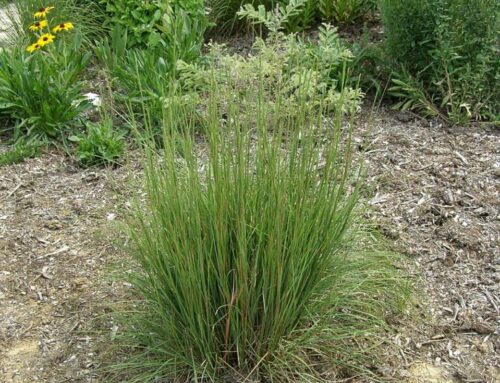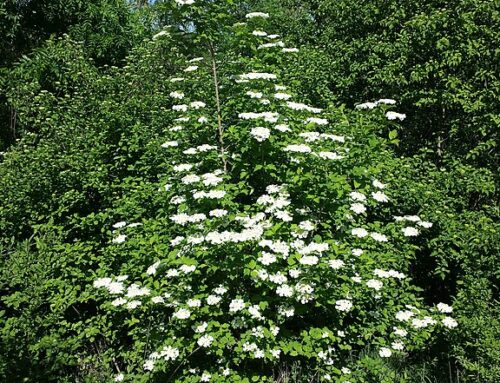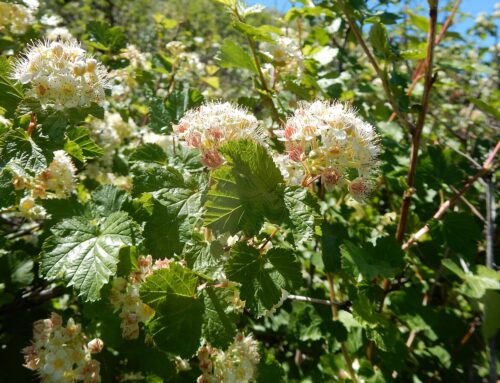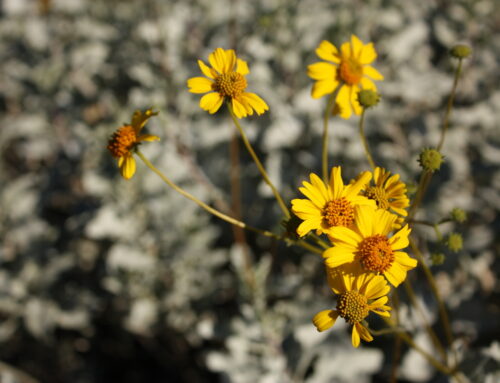Aspens may present some challenges when used in landscaping projects due to their shallow root systems and susceptibility to disease. However, with proper planning and care, these iconic trees can add beauty and character to any landscape design.
By understanding the unique needs of aspen trees and implementing best practices for maintenance and care, Colorado homeowners can successfully incorporate these majestic trees into their landscaping projects while enhancing the natural beauty of the surrounding environment.

Thanks to Wikipedia for this image
Aspen trees are a beloved fixture in Colorado’s landscapes, known for their stunning foliage and unique white trunks. However, despite their beauty, aspen trees can be tricky to use in landscaping projects. From their shallow root systems to their susceptibility to disease, there are several factors that landscapers need to consider when incorporating aspens into their designs. In this blog post, we will explore the challenges and benefits of using aspen trees in landscaping projects.
One of the main challenges of using aspen trees in landscaping is their shallow root systems. Aspen trees have a tendency to spread through underground runners, which can cause them to take over an area if not properly managed. This can be especially problematic in residential landscapes where space is limited. Additionally, the shallow roots make aspen trees more susceptible to drought stress, meaning they require regular watering and maintenance to thrive.
Another factor that complicates the use of aspen trees in landscaping projects is their vulnerability to disease. Aspens are prone to a variety of pests and diseases, including leaf spot, canker diseases, and borers. These issues can not only detract from the tree’s visual appeal but also weaken its overall health. To mitigate these risks, it is important for landscapers to carefully select disease-resistant varieties of aspen and implement proper care practices such as pruning and fertilization.
Despite these challenges, there are many benefits to incorporating aspen trees into landscaping designs. Their vibrant yellow fall foliage adds a pop of color to any landscape, creating a striking visual impact. Additionally, aspens are fast-growing trees that can quickly fill out a space and provide shade during the hot summer months. When properly maintained and cared for, aspen trees can thrive in a variety of environments and enhance the overall aesthetic of a landscape.
When using aspens in landscaping projects, it is important for landscapers to consider their specific needs and requirements. Proper site selection is key when planting aspens, ensuring they have enough space to grow without encroaching on other plants or structures. Regular maintenance tasks such as watering, pruning, and inspecting for pests should also be incorporated into a comprehensive landscape management plan.






